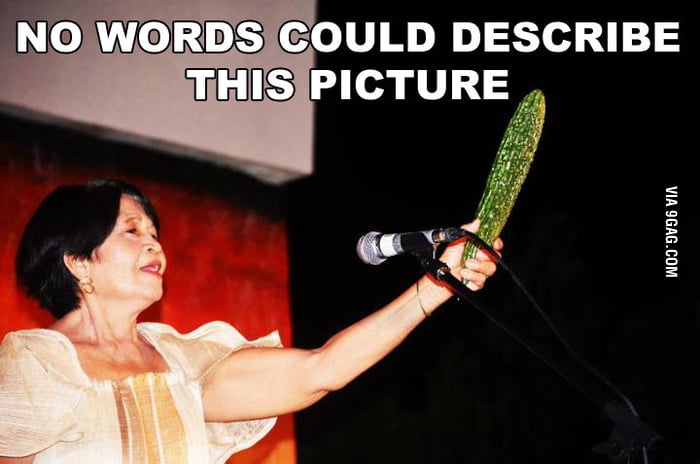
What is the biggest age gap in anime?
1) Kenshin and Kaoru (Rurouni Kenshin - 11 years) The age gap for the official couple of Rurouni Kenshin is 11 years. Kaoru is 17, and Kenshin is 28 by the time the series starts. To be fair, however, it at least covers that aspect more than once. By the time the series ends, they're both adults and married.
Does anime have negative effects?
Many anime stories have negative themes, including hatred, pain, jealousy, resentment, sadness, some pictures and even sexual abuse and nudity. These works have appeared in many animation works, and even occupy the mainstream position.
Is anime considered inappropriate?
Because so many anime TV shows and movies are made for adults, the chances a kid could be exposed to very inappropriate content are high. This includes things like violence, crude language, nudity, drug use, and sexual content — basically anything they could see in a live-action R-rated movie.
What's the age difference in Boku no Pico?
First of all, Boku No Pico features a 15-year-old dating a 22-year-old. That alone makes the relationship illegal in most countries. Pico is drawn to look even younger than 15 too. The romance is sexual in nature, making this unwatchable for most curious anime lovers.
Can you be addicted to anime?
In fact, there is a term for people with anime addiction – they are called 'otaku'. A 2013 survey found that 42.2% of Japanese teenagers described themselves as a type of otaku. Outside of Japan, anime and manga addiction is also a growing problem.
Why is anime not for kids?
Anime Often Tackles Physical And Mental Health Issues While physical and mental health issues can absolutely touch the lives of children, an in-depth look into their ramifications can be a little heavy for young audiences.
Is anime ok for 12 year olds?
Here are some tips on age-appropriate anime: Anime seen on the Cartoon Network (or other channels that show children's cartoons) before 9pm is probably safe for most children younger than 13. If it is on after 9pm, then you know it isn't appropriate for children younger than 13.
Is anime for adults too?
In Japanese, the word Seinen means "young man" or "young men" and is not suggestive of sexual matters. From an objective point of view, there's nothing wrong with watching anime as an adult, seeing there are anime targeted at adults.
Is anime for all ages?
Unlike American cartoons, however, anime has a wide following, with series and films made for audiences of all ages, including some marked "mature audiences only."
What is Pico's gender?
AliasesGender IdentitySexual IdentityMaleQueer
What is the age gap in Super Lovers?
When the anime begins, Ren Kaidō is just a child who is living with Haru's mother in Canada. At the start of Super Lovers then, Ren is eight years old. His 'new brother' Haru Kaidō is 16 years old. That means the age difference between Ren and Haru is eight years.
What is Boku no in Japanese?
It just means “I” or “me.” However, nothing is ever quite so simple in the Japanese language. In Japanese, there are multiple different words for the simple pronoun referring to oneself.
What are the disadvantages of anime?
However, there are also many drawbacks when watching anime. Some troublesome elements of watching anime include the fact that only some anime have subbed versions, other anime have poorly-voiced dubbed versions, and the struggle of acquiring rare, expensive merchandise.
Does anime lead to depression?
The results suggest identity related to anime, idol, and hip-hop was positively associated with anxiety, aggression, depressive symptoms, and suicidal tendencies. By contrast, fashion and sports identities had no adverse or positive psychological outcomes.
What effect does anime have on society?
But as it becomes more profitable and popular, anime has proven to be a boon to the diversity of cultural conversation. A form of entertainment from another culture is having a positive impact on our culture, which enables our society to break down the borders dividing us and become more diverse and tolerant.
Does anime change your personality?
Hence Anime does affect your mentality either positively or negatively, which leads to a change in your personality. It can affect your personality, friendships, social skills, your worldview, your character development, creativity, and your happiness and well-being.
Popular Posts:
- 1. cuál es el anime más famoso de todo el mundo
- 2. do misa and usui get together in the anime
- 3. can pokemon die in the anime
- 4. can you guess the romance anime
- 5. how to unlock all anime in netflix
- 6. a campione anime
- 7. how a realist hero rebuilt the kingdom anime free
- 8. when you take anime too far
- 9. why does dubbed anime sound so bad
- 10. a sister's all you need anime parents guide